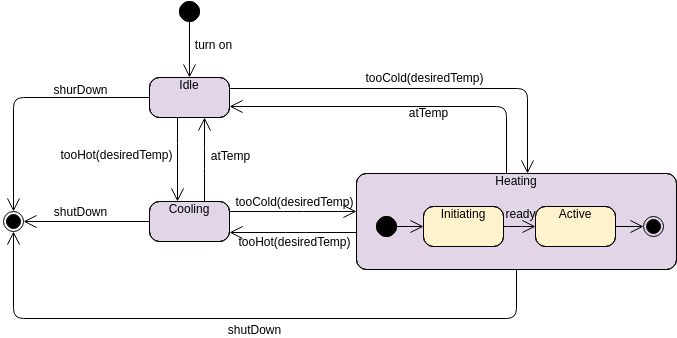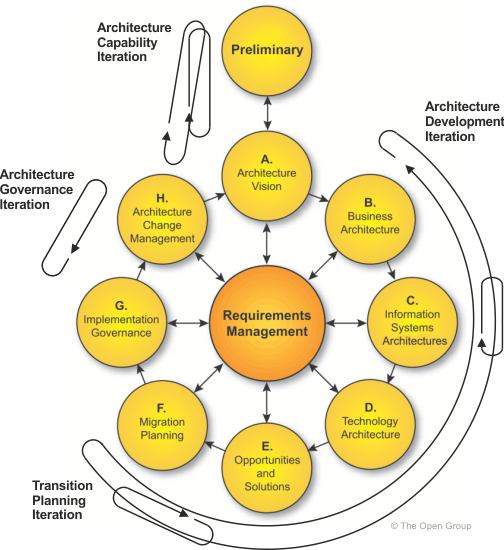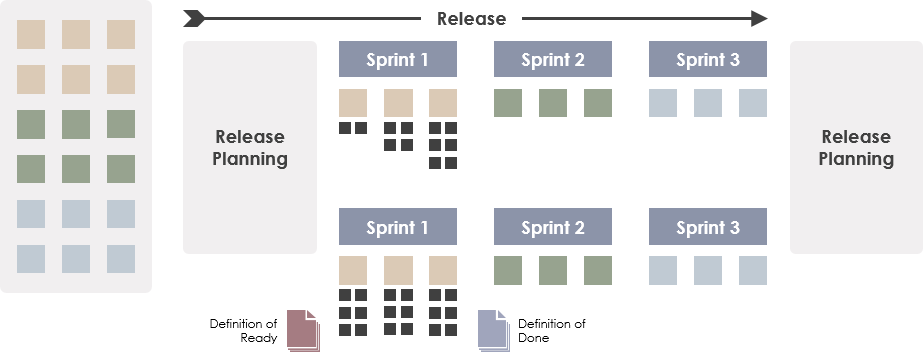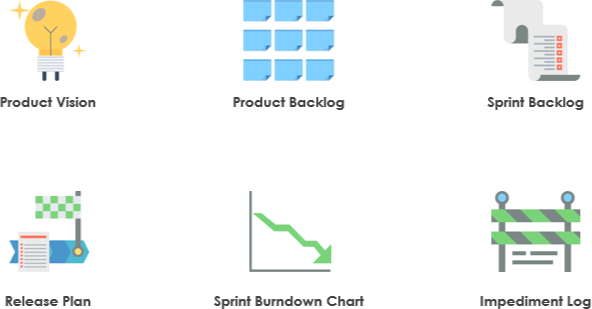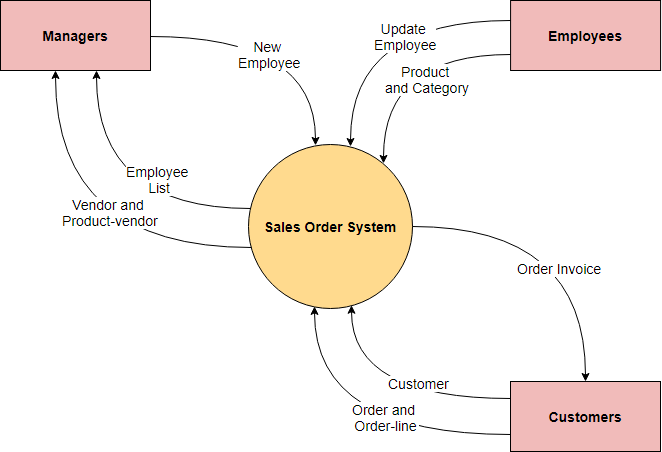The behavioral things is the dynamic part of the UML model. These are the verbs of a model. Represents actions in time and space. In general, there are two main kinds of behavioral things. (1) Interactions (2) state machines. They are the basic behavioral things that you may include in a UML model, typically the state machine diagram. Semantically, these elements are usually connected to various structural elements, primarily classes, collaborations, and objects.
Continue reading